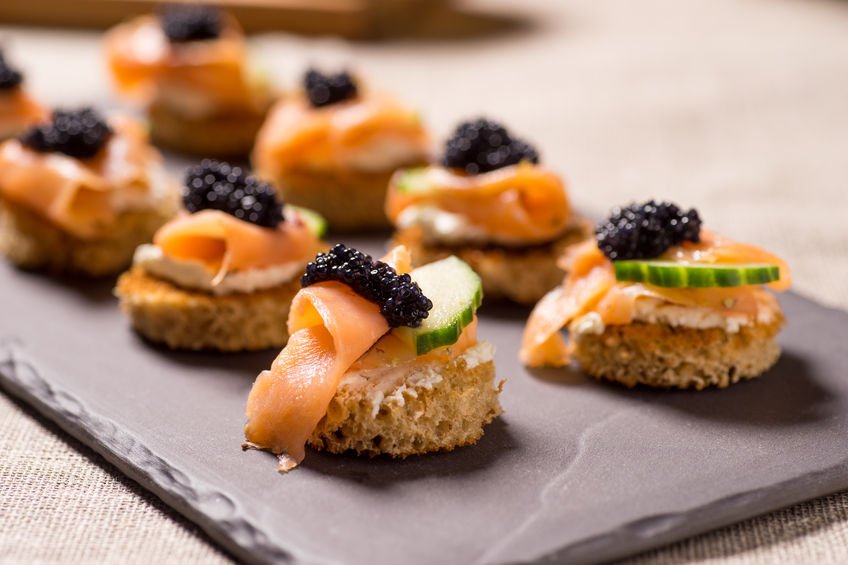It’s kind of difficult to describe “hospitality”, but you certainly know it when you experience it.
By Pam McDonald
It’s kind of difficult to describe “hospitality”, but you certainly know it when you experience it.
And, RonnDa Peters, VP of Marketing and Sales for Strategic Dining Services (SDS), an integrated, hospitality-based dining management company and Senior Housing Forum partner, says it is not the same as customer service. Customer service focuses on delivering a product or service the way it was promised.
Hospitality goes beyond that. Hospitality is delivering a product or service with the intent of making the recipient happy. In its simplest form, hospitality can be defined as the thoughtful, friendly and gracious offering of a product or service that has personal significance to the recipient. For example, knowing a guest or resident prefers tea and presenting that rather than the standard coffee.
Amuse-Bouche Hospitality
To create an atmosphere of hospitality through a community, Strategic Dining guides its senior living clients to an even higher level of awareness that it calls amuse-bouche hospitality. It’s named after the restaurant course that emerged in the 1960s, which translates to “a little something”.
These small gestures of thoughtful services are not exclusive to dining services; all departments can take part in creating amuse-bouche hospitality. For example, caregivers can leave a personal note to brighten a resident’s day . . . “a little something” and because it’s unexpected – it can surprise and delight.
Strategic Dining encourages and assists its clients to create amuse-bouche hospitality that pulses through their communities like a natural current. RonnDa believes when individuals are made happy in small, personalized ways, the community’s hospitality goes from good to great.
It Doesn’t Have to Break the Bank
RonnDa notes that it takes training, planning and creativity to implement and maintain first-class cordiality and welcome. “It’s up to savvy leaders to develop a hospitality-charged environment. Once that’s in place, it can set your community apart from others in your marketplace.”
And, she states that delighting residents and guests doesn’t have to break the bank. She tells how at one of SDS’ client communities, the chef whipped up homemade potato chips and a truffle sour cream, which staff served to residents as they waited to go into the dining room. She says, “The residents just loved it. It was the talk of the community for the next two days.”
Strategic Dining’s fresh bread program is another example of how communities can delight residents, families, staff and visitors with a low-cost treat. RonnDa says, “Basic bread dough uses simple ingredients that can then be turned into a wide variety of taste and aroma experiences! Think focaccia, herb bread, rolls, French style, and boules (bread bowls), to name a few.
“We hear residents exclaim, ‘It’s fresh bread night’ with excitement and anticipation. The trick is to find the balance of pleasing residents on a regular basis, but not so frequently that it become routine.”
Amuse-Bouche Hospitality Throughout the Community
While amuse-bouche hospitality might start with the dining staff, it can easily be incorporated into the expectations for all departments. RonnDa says Strategic Dining recommends that each department brainstorm ways to enchant residents and other target audiences, experiment with them and share results at stand-up meetings.
“It’s the little things that can make a big difference,” RonnDa says, “like sending a handwritten personal note or setting out potpourri for aromatherapy. Staff who go that extra mile do so with the right attitude – with the intent of making the resident happy.”
Bringing It Home
RonnDa concludes, “At SDS we like to give our clients a starter-kit of ideas so they can take them back to each department of their communities and create their own amuse-bouche approach to hospitality.”
To learn more, contact Strategic Dining Services at (888) 406-1902 or visit their website at:
Click on the button below to download a PDF copy of this article:









